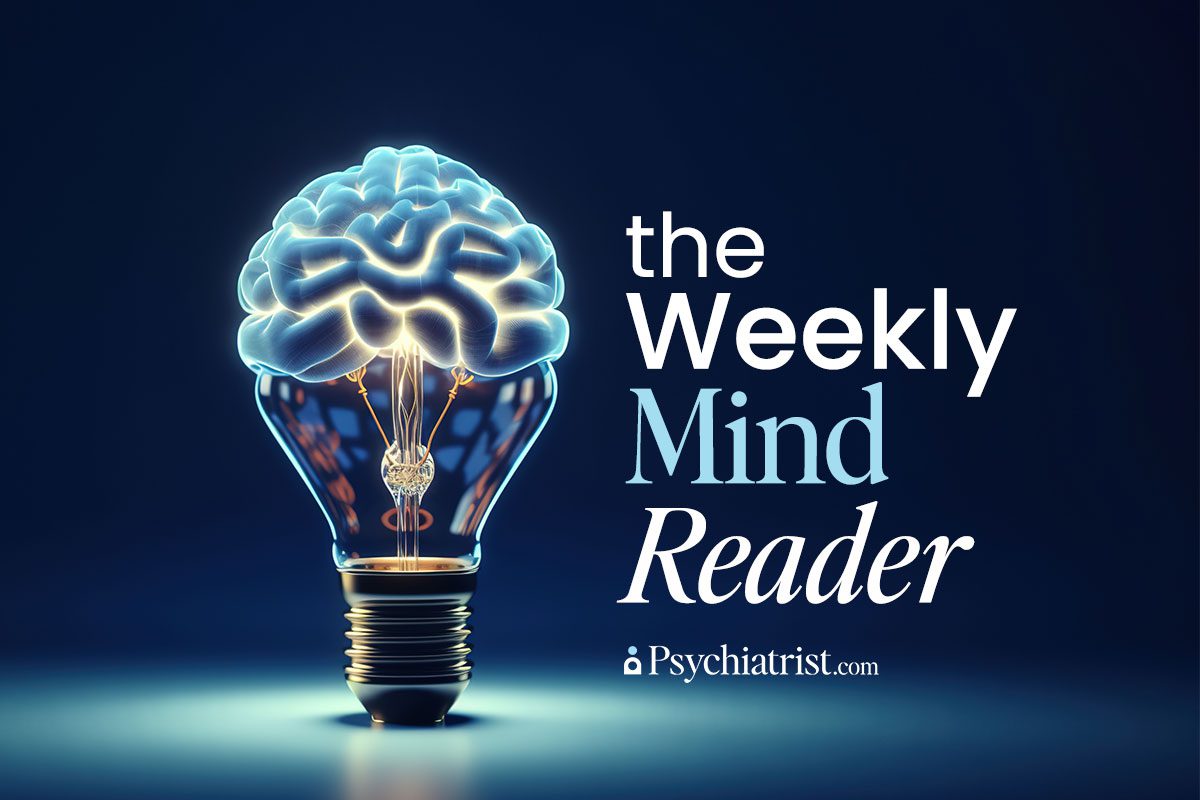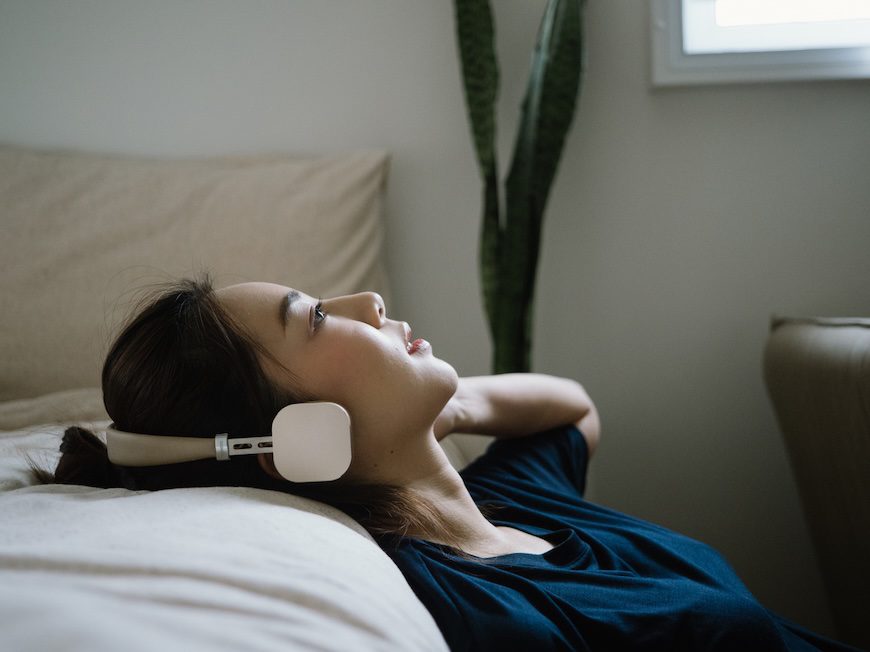A recent case study sheds new light on the potential benefits of an accelerated prazosin dosing strategy for severe posttraumatic stress disorder (PTSD) patients. It could be particularly helpful for those plagued by disturbing nightmares and daytime flashbacks.

The medical community has long embraced prazosin – an α-1 adrenergic receptor antagonist – as an off-label treatment for PTSD. Caregivers normally administer it just once daily – right before bed – to relieve symptoms. But its abbreviated half-life – only two to three hours – raises questions about just how effective it is for an entire day.
A Veteran’s Fight to Sleep
In this particular case, a 53-year-old male military veteran showed up at the emergency room complaining of fatigue, brought on by some skipped hemodialysis sessions (at least three). The patient recounted a history of persistent, terrifying flashbacks stemming from his time in the service. These flashbacks kept him up at night and made it difficult for him to make it to his treatment sessions.
Beyond the PTSD, the patient reported other notable health conditions, including end-stage renal disease, heart failure, cirrhosis, and depression. His doctors had prescribed multiple psychiatric medications, such as prazosin, sertraline, quetiapine, and hydroxyzine.
Before admission, he’d received an increased prazosin dose – up to 3 mg every day – in a bid to alleviate the accelerating flashbacks and relentless insomnia. While the patient noted incremental improvement, his symptoms kept interrupting his sleep, causing him to wake frequently through the night. And daylight offered no relief since they were plagued by flashbacks.
During his hospital stay, the medical personnel started by tweaking his prazosin – dosing him twice daily. This helped curb the frequency and intensity of symptoms, leading doctors to discharge him. But breakthrough flashbacks kept cropping up.
Almost a week after his discharge, the patient returned to the emergency room with methicillin-resistant Staphylococcus aureus(MRSA) bacteremia. The responding physicians modified his prazosin dose again. This time they kicked it up to three times daily: 2 mg in the morning, 2 mg in the afternoon, and 5 mg at bedtime.
On the seventh day of his second hospital stay, doctors bumped up his bedtime dose to 10 mg. They maintained the other two doses at 2 mg. Throughout his second stint at the hospital, his blood pressure remained stable. The patient also reported dramatic improvements in both sleep and anxiety.
Takeaways
This case illustrates the potential advantages of a more frequent prazosin dosing schedule for managing severe PTSD symptoms. This is particularly critical in an inpatient setting, where personnel can monitor the patient’s blood pressure.
The authors of this case study noted that while concerns about prazosin-induced hypotension often prevent the adoption of more frequent dosing, they insisted that they saw no evidence of such side effects during the patient’s five-week hospital stay.
Although existing research on prazosin’s overall effectiveness in treating PTSD remains conflicted, this case study adds to the mounting interest in exploring the viability of alternative dosing strategies.
Only one other documented case has emerged that included the use of prazosin in a three-times-daily regimen. And that case also demonstrated positive results sans the threats to the patient’s blood pressure.
This veteran’s case highlights the need for more research into the benefits of such regimens, especially for patients with severe, refractory PTSD symptoms.
Caregivers ultimately discharged the patient on a total daily prazosin dose of 14 mg, split into 2 mg in the morning and afternoon, and 10 mg at night. The report illustrates the potential value of this approach in boosting symptom management without making things worse.
Further Reading
Exploring Equine-Assisted Therapy for PTSD in Military Veterans



